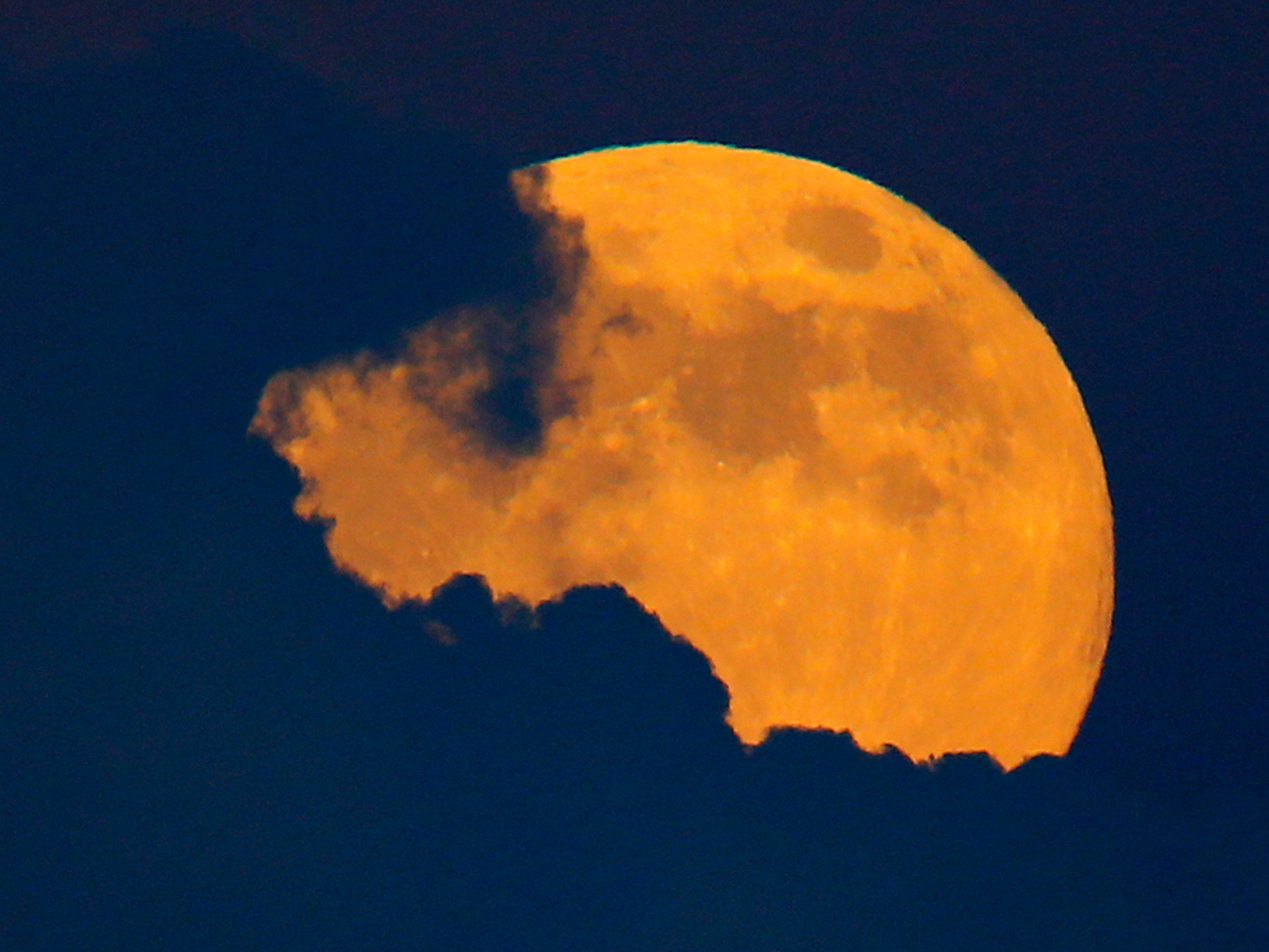- A Hunter’s Moon – the name for a full moon in October – rises in the night sky on Saturday, October 13. The moon will appear especially huge and orange over the horizon as the sun sets.
- People across North America and Europe have used full moons to track the seasons and months for thousands of years.
- Here are some of the names they’ve used for each month’s full moon.
- Visit Business Insider’s homepage for more stories.
A full Hunter’s Moon will be visible in the fall sky this weekend. Because it will emerge over the horizon at sunset on Saturday, the moon will appear festively huge and orange.
A Hunter’s Moon is simply the name for the full moon that falls in the month of October. This particular Hunter’s Moon will appear full from Saturday morning to Tuesday morning, but will reach peak fullness on Saturday.
Across North America and Europe, people have used full moons to track months and seasons for thousands of years, naming each one based on the seasonal changes it indicates.
The names assigned to full moons are often attributed to the native Algonquian peoples, who share a family of languages and originate from the area that today ranges from New England as far west as Lake Superior. Colonial settlers across North America adopted their own version of the indigenous names, according to The Old Farmer’s Almanac.
Different languages and cultures characterized their moons differently, sometimes based on agricultural cycles, sometimes on natural phenomena. Here are some of the many names assigned to full moons throughout the year.
October: Hunter's Moon, Blood Moon, Dying Grass Moon, Travel Moon
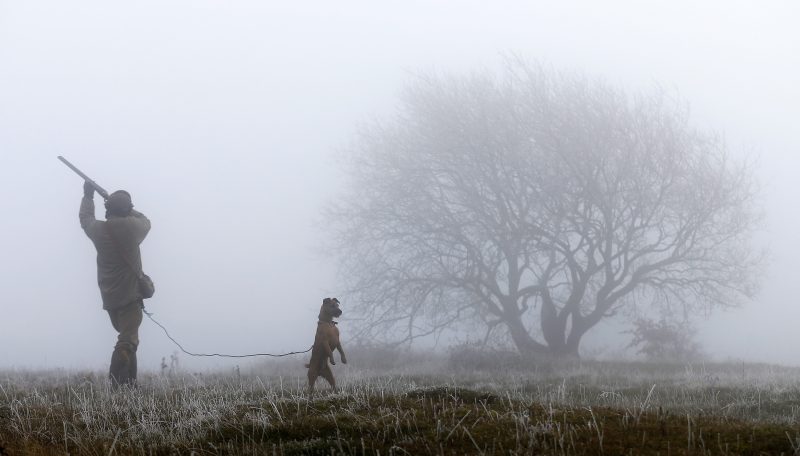
These names refer to the time of year when leaves have fallen, the deer are fat, and animals are coming into harvested fields to eat what's left. Historically, hunters took advantage of October to store meat for the winter.
The next one: October 13, 2019
November: Beaver Moon, Frosty Moon
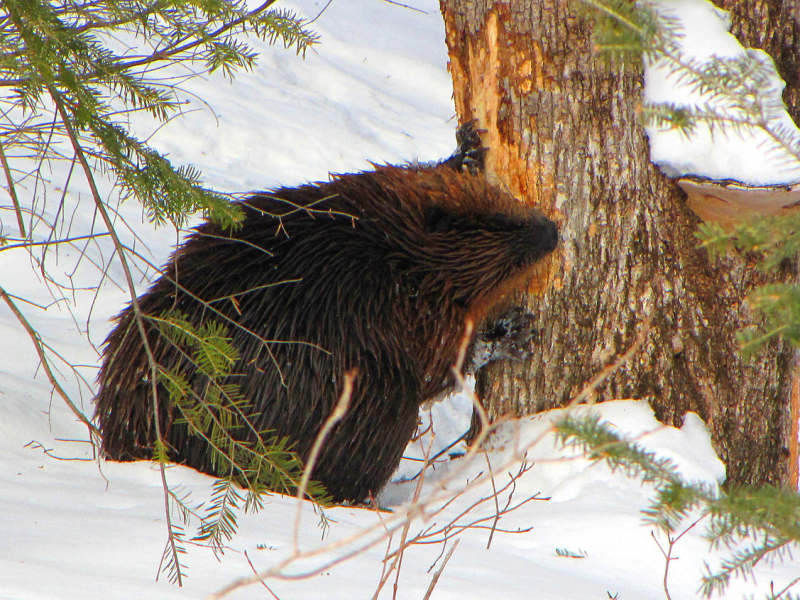
Beavers preparing for winter in November, as do trappers. This moon signaled the time to catch beavers and secure a supply of warm furs before the swamps froze.
The next one: November 12, 2019
December: Cold Moon, Long Night's Moon
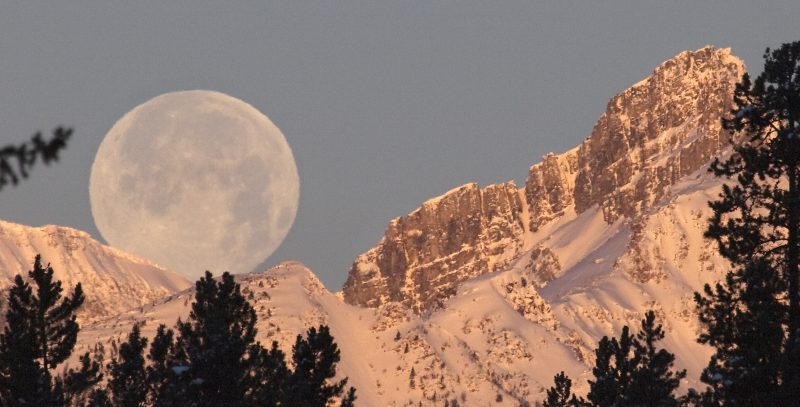
December has the longest, darkest nights of the year, and the moon sits above the horizon longer than usual. Some Europeans and their descendants in North America also called the December full moon the "moon before Yule."
The next one: December 12, 2019
January: Wolf Moon, Old Moon, Ice Moon

In mid-winter, as the story goes, hungry wolves would gather outside villages in North America and medieval Europe, and howl into the night. This full moon was sometimes also called the "moon after Yule."
The next one: January 10, 2020
February: Snow Moon, Hunger Moon
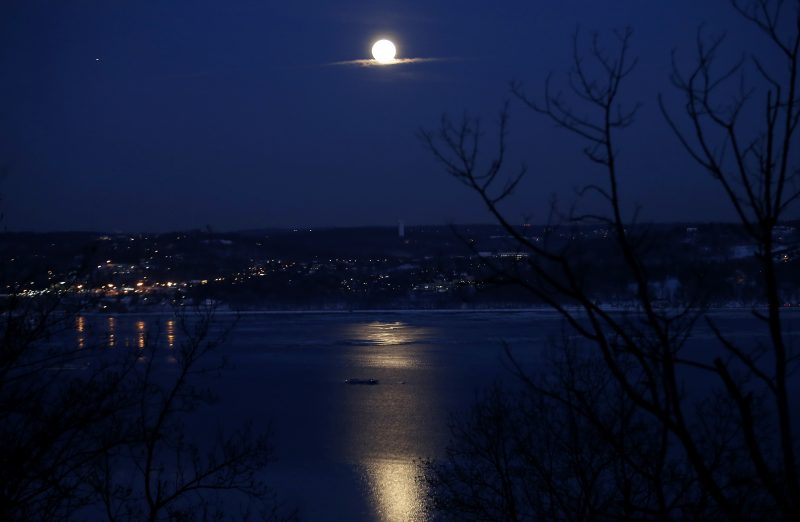
In North America, February marks the depths of winter, when snow blankets the ground and fresh food was traditionally harder to come by. Because it's a shorter month, some Februarys don't have a full moon at all.
The next one: February 9, 2020
March: Worm Moon, Sap Moon, Crow Moon
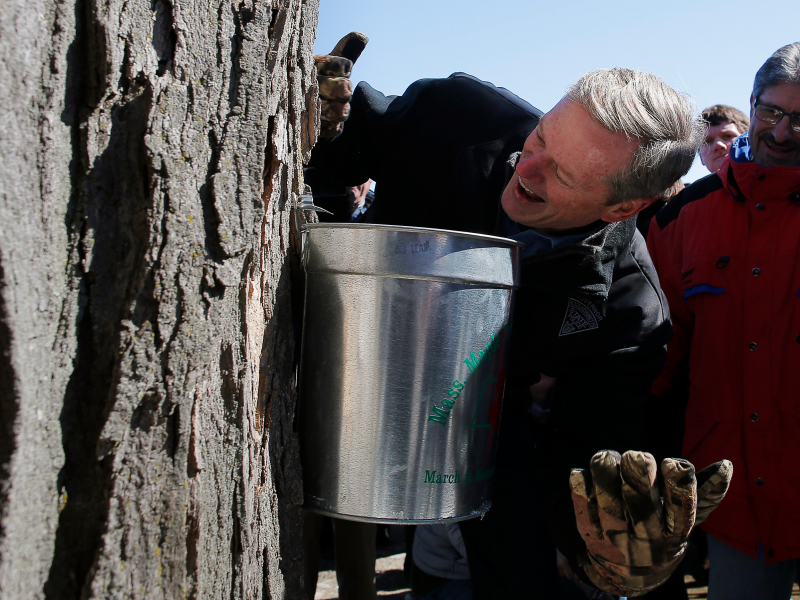
As spring approaches, earthworms emerge from the ground, maple trees are ripe for tapping, and crows' caw to herald the end of winter. European settlers with religious calendars called this the Lenten moon.
The next one: March 9, 2020
April: Pink Moon, Sprouting Grass Moon, Egg Moon, Fish Moon

The pink moon is named for the pink phlox flowers that bloom in spring. The other names refer to more staples of the changing season: growing grass, birds filling nests with eggs, and fish that swim upstream to spawn.
The next one: April 7, 2020
May: Flower Moon, Planting Moon

In May, flowers burst fully into bloom and it becomes time to sow crops again.
The next one: May 7, 2020
June: Strawberry Moon, Rose Moon, Hot Moon

Strawberries ripen for picking in June. Europeans dubbed this the rose moon, and other cultures called it the hot moon because it harkens summer heat ahead.
The next one: June 5, 2020
July: Buck Moon, Thunder Moon, Hay Moon
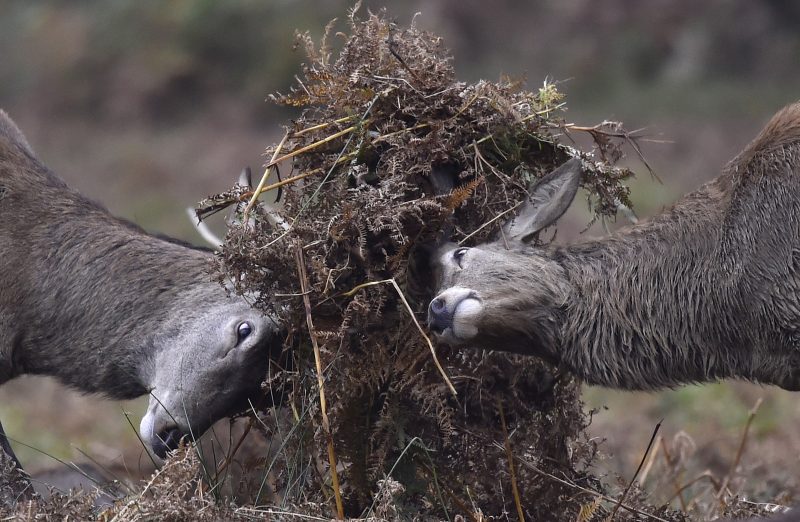
Deer grow new, velevty antlers in July, and thunderstorms rage aplenty in some parts of North America. For Anglo-Saxons, July was all about hay.
The next one: July 5, 2020
August: Sturgeon Moon, Red Moon

Tribes near the Great Lakes and Lake Champlain knew August was the best time to catch sturgeon, an enormous, hearty fish. Some people also think the moon appears more reddish in color this month because of the heat.
The next one: August 3, 2020
September: Harvest Moon, Corn Moon, Barley Moon
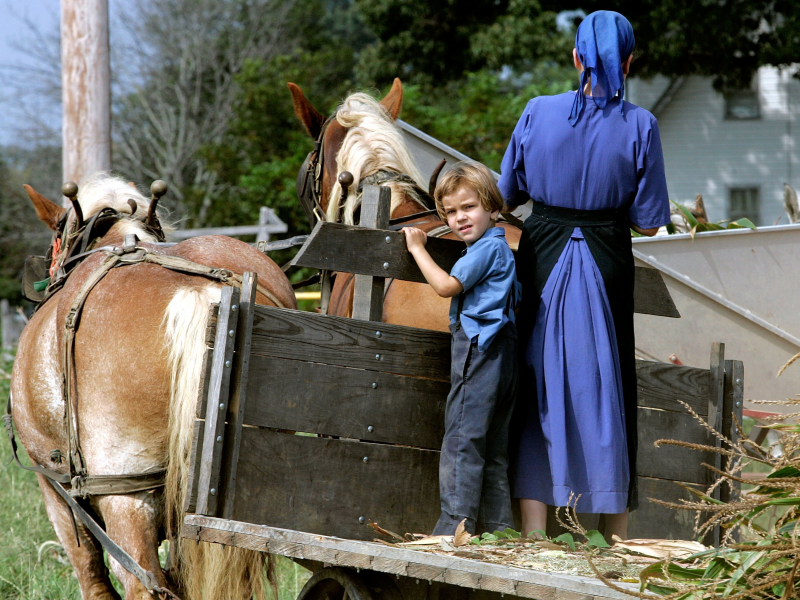
Over the millennia, September's full moon has signified to farmers that it's time to finish harvesting corn and other crops. A Harvest Moon sometimes occurs in October (the moon doesn't follow the Gregorian calendar), but it's always the full moon closest to the autumnal equinox.
Because the harvest moon rises with the setting sun, it looks larger than usual. These bright moonlit nights give farmers a little extra time to harvest their crops.
The next ones: October 1, 2020
In addition to these traditional names, some full moons are called supermoons or micromoons. The contemporary terms refer to how large and small the moon looks at various points in its elliptical orbit.
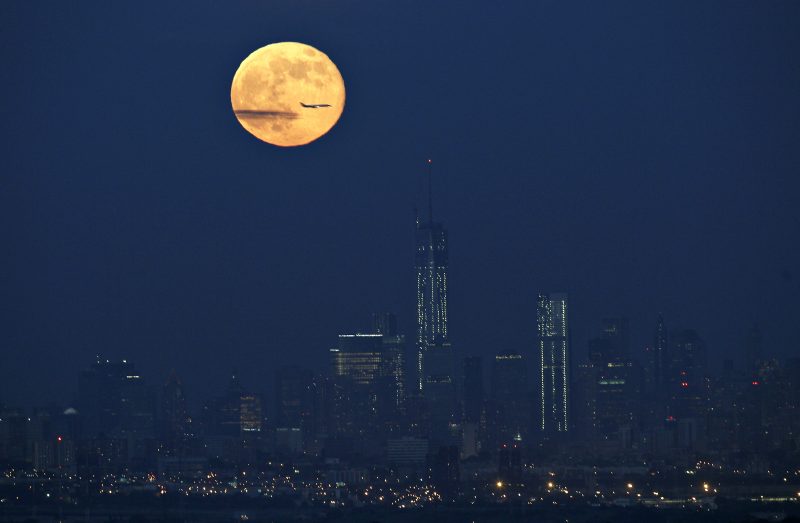
Supermoons occur is when the moon is at perigee - its closest point to Earth. They can cause stronger ocean tides and weather events.
Micromoons are the opposite, occurring at apogee - when the moon is furthest from Earth. They can reduce the variation in spring tides by 2 inches. Micromoons appear about 14% smaller than supermoons, and sometimes seem dimmer, since the area illuminated by the sun appears 30% smaller, according to TimeandDate.com.
The next full supermoon: February 9, 2019
The next full micromoon: October 1, 2020
Blue moons, meanwhile, are like special bonuses. They occur every two or three years, when a month or season has one extra full moon.

When an astronomical season (the time between solstice and equinox) has four full moons instead of the normal three, the third one is a seasonal blue moon.
When a calendar month has two full moons, the second one is a monthly blue moon. That happens because the lunar month is only 29 days long, while the Gregorian calendar month is usually 30 or 31 days long.
The moon doesn't actually appear blue on these special occasions. That would only happen if dust or smoke particles of a particular size cloud the atmosphere, say after a forest fire, volcanic eruption, or dust storm.
The next seasonal blue moon: August 22, 2021
The next monthly blue moon: October 31, 2020
